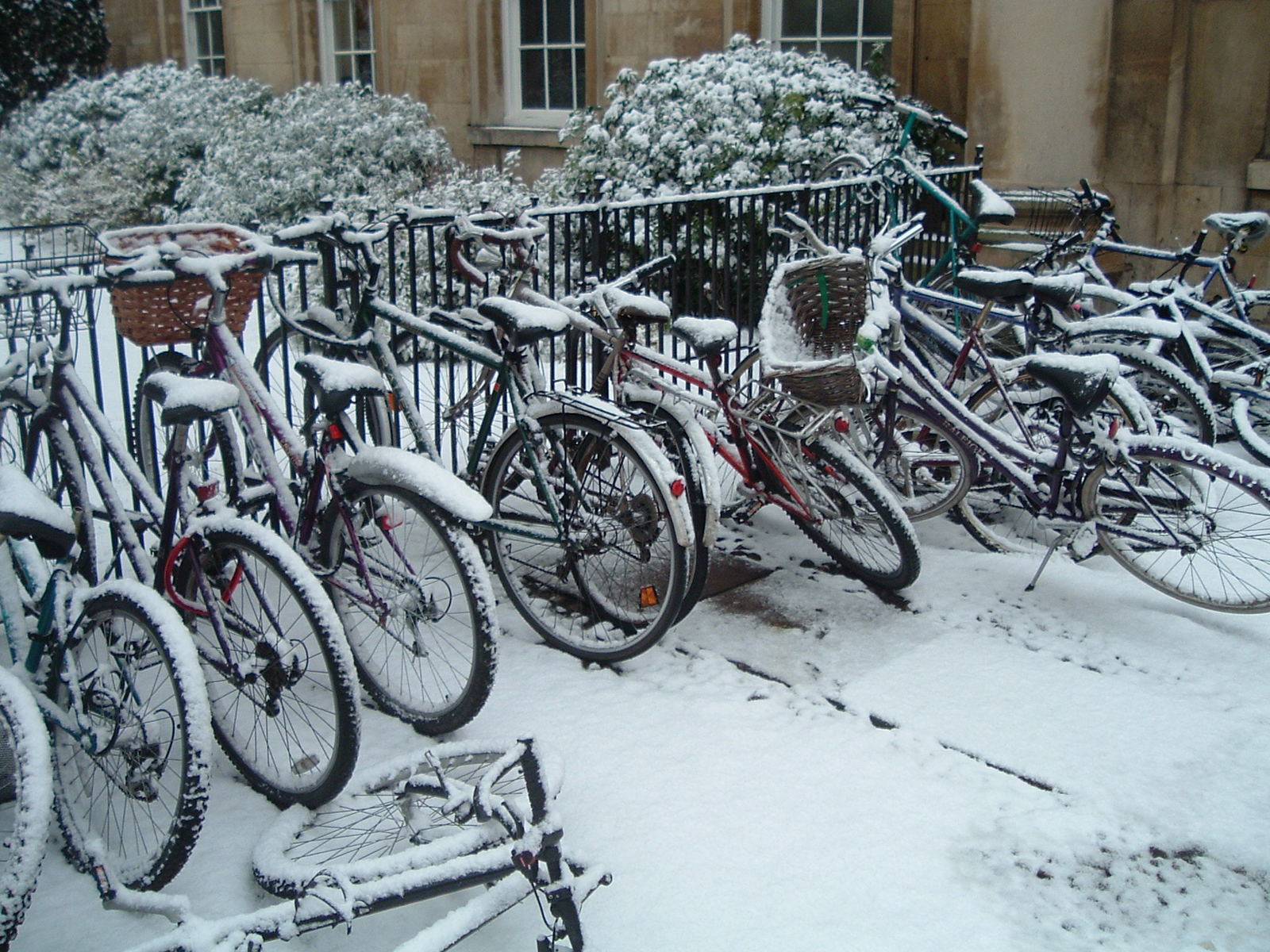Years ago, I published an essay in a Chinese newspaper entitled “Snow in March.” I had trouble finding it online–a hard copy of it is likely lying in a small cabinet in my HK home. Because I deem it one of my best works ever published, I try to recall what I wrote and recreate it in English.
***
My favorite subject in high school had always been Geography (and in senior high: both Geography and English Literature). The primary reason was that the geography textbook contained many scenic pictures which satisfied the needs of a little girl who did not get the chance to travel to many places. Well, it should have satisfied the wanderlust of those who travelled rather frequently, as the less-travelled places rather than tourist hotspots were featured the most. Think: the rocky deserts in the interiors of North America, the sand dunes in the Sahara, and the tropical rain forests in the Amazon region. I recall that during a break, I went out to my geography teacher in junior high why there was no snow when the night temperatures fall well below zero in many deserts. That lady was not especially patient and muttered something along the line of “sufficient air moisture is required for the formation of snow.”
I was looking out my window at a hall of Clare College (Cambridge) on a November morning when I saw snow the first time. Arriving earlier than expected, the snow seemed so light and feathery–almost transparent–that I wondered if it was real. The teacher was correct: a low temperature is neither a sufficient, nor a necessary, condition: snow forms when there is sufficient moisture. The snow did not accumulate on the ground, however, as the temperature was too high.
***
The snow in Boston and New York is usually heavy. Boston in particular. I am not especially fond of this city and so have not visited it for some years. A friend of mine was there and recently posted photos on Facebook, which show snow piling up outside his windows. Looking out the window, he felt like he was sitting in one of those cha-chan-teng’s (Hong Kong tea restaurants), where sugar does not come in packets but is available in tin pots. People ploughed through the snow, not unlike the way customers scoop sugar from the pot to add to their drinks.
January is the coldest month in Berlin. Snow piles up on sidewalks and the ground becomes slippery due to the ice, which would be a rare sight in Southeast England. Nonetheless, the weather of continental Europe, of which most of Germany is a part, is still noticeably warmer than that of Boston and other East Coast cities. On a snow day, several students, otherwise very well-mannered and conscientious, from Southeast England did not show up to my class. In the following semester, I told my next class: if you are sick, do not come to class. If you are well, don’t skip. Those who skipped due to snow did not answer one exam question correctly, despite that all relevant information was clearly highlighted in red on one of the slides.
While the winters are harsh in these cities, they are bearable and do not last too long. Up north (in upstate New York, for instance), winters can last for six months. There are underground tunnels on some college campuses so that people seldom need to go outside. In all places I have lived, March is when the weather gets warm.
***
Sometimes, it does snow in March, even in Southeast England. The snow in spring is as light and feathery as that in November. Yet it is–or feels–different. It does not foretell darker and rougher times, but preludes a warmer and livelier season ahead by nurturing the land. One day, as I was admiring the spring blossoms in the garden of Clare College, I was greeted by a flurry of spring snow. The passersby, including a few on the bridge, not expecting the snow, burst into an applause.
On a March morning, I was about to cross the road separating the Clare Bridge and the college garden from the student halls, I saw a roadside memorial in the form of a small bouquet of white flowers by the side of the road. I stooped to read its message, addressed to a former student Chris Rutter, which said “We have not forgotten you.”
Rutter was a 19-year-old Computer Science student at Cambridge who was fatally hit by a car on a late night in March 2001 as he returned to his room in the College. It likely had been a chilly Thursday night as he got off work and was on his journey back home. I myself had this bad habit of lowering my head on a cold day, while trying to stay alert while crossing the road. Misfortunes do happen, though, no matter how much caution is taken. By the time I saw the memorial, some years had passed since the tragedy happened–an active member at the college, Rutter was fondly remembered by his peers, so that a road side memorial is set up to commemorate him every year. It was said that on the day of his funeral, it suddenly snowed. The snow, rather unexpected, was like his gentle farewell to his loved ones.
The young man’s father happened to be a world-famous composer, John Rutter. Also an alumnus of the College, he conducted the famous Clare College Choir. His son’s tragedy spurred him on–after a two-year hiatus–and inspired him to compose Mass of the Child, a highly touching masterpiece, among others.
The March snow seeps into the soil, nurtures the roots, and makes the flowers glow with more vigor.
***
I have always adorned a corner of my home with postcards of spring snow.

